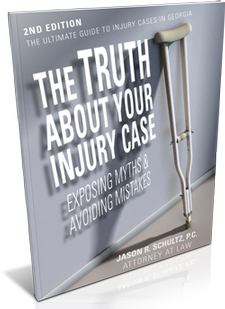What to Look for When Evaluating Daycare or Preschool Staff
It’s important to take adequate time to observe the staff and their interactions with the children. Are they friendly? Do they appear to enjoy the children? Do the children appear to be happy? Are they greeted by staff when they come in? It’s a good idea to come in at least a couple of times, at different times of the day to get a better feel for the atmosphere.
Ask about the staff’s qualifications and if they are trained in CPR and first aid. Also inquire about their disciplinary practices. Check the staff to child ratio.
The American Academy of Pediatrics (AAP) recommends the following ratios in a daycare/preschool setting:
- birth to 12 months – 1:3 (max group size 6);
- 13 –30 months - 1:4 (max group size 8);
- 31 – 35 months - 1:5 (max group size 10);
- 3 years old - 1:7 (max group size 14); and
- 4 years to 5 years old - 1:8 (max group size 16).
It’s a good idea to ask for references before deciding on a daycare or preschool. Also, trust your gut. If something seems off or you feel like your questions or concerns aren’t being adequately addressed, it might not be a good fit.
Should there ever be an occasion where you believe negligence or abuse is the cause of a child’s serious injuries, inform the authorities and seek legal counsel. If you’re in the Atlanta area, set up your free consultation with Jason R. Schultz. Call us at 404-474-0804 or visit our contact page to schedule your appointment.


